How Science, Tech Converge in Oklahoma City’s Innovation District
This mixed-use project is tapping into partnerships between government, private industry and academic institutions.
Oklahoma City’s Innovation District was founded in 2019 on the premise that clustering businesses, institutions and people leads to economic growth, job creation and innovation. One of the goals of the district—to support the city’s professional industries to collaborate in developing new technologies and services—was recently achieved through a new mixed-use commercial development dubbed Convergence.
Sitting on 5.5 acres near NE Eighth Street and Interstate 235, close to Oklahoma’s two largest universities, Convergence currently includes a 230,000-square-foot office building known as The Tower and the city’s Innovation Hall. Both of them were completed earlier this year. The second phase of the project is in the works and encompasses a Hilton Curio-affiliated 108-key Stiles Hotel and Stiles Park. Plans also call for a 250,000-square-foot office tower to be built in the third phase of the development.
READ ALSO: 5 Trends Defining CRE Development in 2025
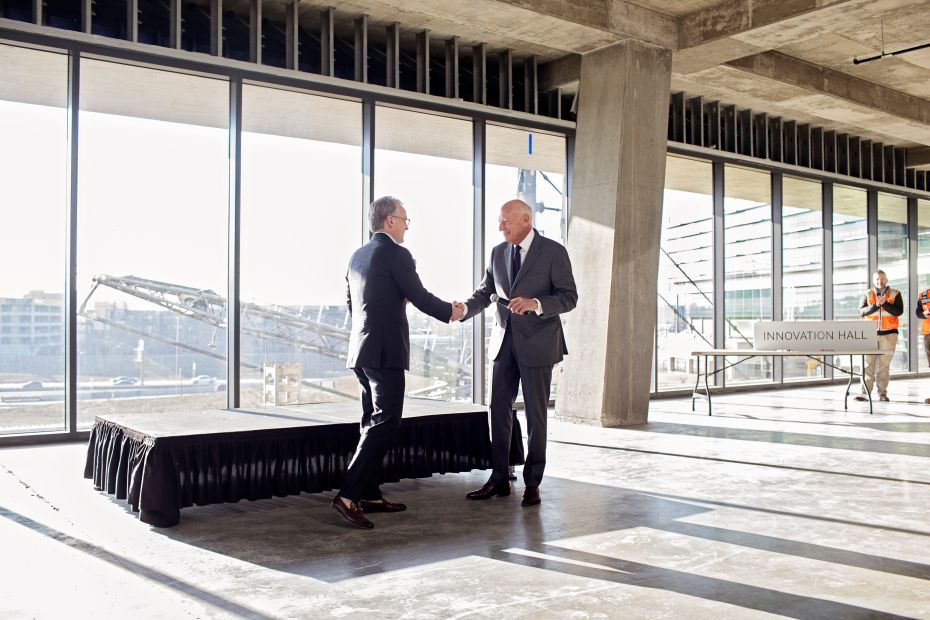
Convergence was born out of a shared vision between Mark Beffort, CEO of Robinson Park, and Richard Tanenbaum, CEO of Gardner Tanenbaum. The Innovation District was a “natural fit” for the duo’s aspiration, given its proximity to the Oklahoma Health Center, a hub of biomedical research, health care and education.
“We saw the opportunity to connect institutions, researchers, entrepreneurs and companies in one vibrant, mixed-use campus that could serve as a catalyst for the city’s future,” shared Beffort.
Oklahoma City is home to notable research institutions and industries, including aerospace, oil, gas and health care. The Convergence project amplifies these strengths by “creating a central hub where ideas and talent come together under one roof” according to Christy Gillenwater, president & CEO of the Greater Oklahoma City Chamber. At full buildout, Convergence will provide essential infrastructure, drive workforce development and enhance community engagement, expects Jeff Seymour, president & CEO of OKC Innovation District.
The strategy behind
Convergence is the result of key partnerships between academic institutions, private industries and government entities. Collaborations with universities provide access to cutting-edge research and a talent pipeline, business and startup partnerships drive commercialization and technological advancement, while government support ensures strategic investment and infrastructure, according to Seymour.
But how can one project cater to the needs of so many parties while also catering to the wants of the local community? “It starts with listening,” said Beffort. “We spent time with community groups, universities, startups, civic leaders and neighborhood associations. Feedback from those conversations shaped everything: from the programming of Innovation Hall to the integration of public spaces and pedestrian access. For investors and tenants, we focused on long-term value—delivering quality, amenities and purpose-driven placemaking that aligns with how people want to work and live today.”
READ ALSO: Medical Office Building Trends
Sustainability is a critical piece of that long-term value creation and plays a big role in the project. The Convergence development team has been prioritizing it from day one, incorporating energy-efficient systems and low-impact landscaping, and focusing on walkability. Tenants, particularly those in tech, research and professional services, and the broader community see these features as “part of a larger commitment to responsible development and quality of life,” according to Beffort.
The Chamber contributed to the project by developing strategies for attracting and retaining talent, starting with an overarching focus on product development and “making sure our region has the quality of life necessary for talent to thrive,” as Gillenwater puts it. An example is the Metropolitan Area Projects Plan (MAPS)—a multi-year, municipal capital improvement program—which has poured billions in public and private funding into improving the region’s quality of life.
The Chamber is also actively advocating for legislative policies that increase the state’s competitiveness. It keeps leaning further into education and workforce development initiatives and fostering collaborations that drive improved outcomes and alignment with the workforce needs of tomorrow. It aims to promote the opportunities available in Oklahoma City by hosting meetings and conventions in key sectors, advancing aggressive digital strategies and bringing more visitors to the city through events such as the two sports—canoe slalom and softball—it is staging for the 2028 Olympics in Los Angeles.
Tower at Convergence
The Tower is an eight-story office building with 700 parking spaces in two below-ground parking levels. It’s adjacent to the Commerce building and within walking distance of the University of Oklahoma and Oklahoma State University. Current tenants include Wheeler Bio, CrossFirst Bank, Boeing, Oklahoma Aerospace and Defense Innovation Institute and Tinker Air Force Base. Overall, the tower is estimated to house around 950 new jobs.
“Convergence is an ideal location for Wheeler Bio because it sits at the heart of the Oklahoma City Innovation District, placing us near key partners like the Stephenson Cancer Center and OU’s Research Park,” said Patrick Lucy, CEO of Wheeler Bio, a biopharmaceutical contract development and manufacturing organization.
The district’s environment fosters cross-sector interaction, which allows Wheeler to streamline its biomanufacturing processes and stay at the forefront of drug development, all while supporting its mission to make biological production faster and more accessible. Being adjacent to the Biotech Training Center (BioTC)—which provides hands-on training programs in core biomanufacturing skills—allows the company to recruit talent that’s already prepared for the demands of the industry.
“This alignment with workforce development and innovation directly supports our growth and strengthens our business model,” Lucy said. Being surrounded by academic institutions, startups and civic partners “creates natural opportunities for collaboration that just don’t happen in a traditional business park,” he added.
Recently, Wheeler Bio closed an oversubscribed $35 million Series A-1 funding round, which will allow the company to expand its footprint at Convergence by building a large-scale biomanufacturing facility. This expansion will enable Wheeler to scale production capabilities, manufacture clinical trial materials onsite and better serve biotech clients looking for speed and efficiency in their drug development pipelines.
Innovation Hall & MAPS 4
Built right next to The Tower, Innovation Hall is a public-private partnership with the City of Oklahoma City that includes a workforce training center, an event hall, conference rooms, workspaces, as well as a lounge and café. The space is designed to foster inclusivity, spark creativity, inspire entrepreneurship and build relationships. Programming includes biomanufacturing training, educational workshops, entrepreneurial events, offsite business meetings, leadership panels and conferences.
“Innovation Hall is an important part of Oklahoma City’s strategy to drive innovation,” Gillenwater said. “The BioTC program is part of a $35 million Build Back Better federal grant that the Greater Oklahoma City Chamber, alongside key partners, is implementing to accelerate the life sciences sector in the region. Innovation Hall and BioTC exemplify the long-term vision and strategic planning that are fueling Oklahoma City’s growth and innovation.”

While the Build Back Better grant and state-awarded American Rescue Plan Act funds weren’t used to build Convergence itself, they are critical in supporting the programs and initiatives happening within both Convergence and Innovation Hall, according to Seymour. These investments are designed to strengthen key industries like bioscience and aerospace by driving workforce development, research and collaborative growth.
“Convergence provides the essential space for that growth to take place, and the Innovation District is thriving thanks to strong partnerships between the public and private sectors, universities and research institutions,” Seymour added.
The Greater Oklahoma City Chamber championed the inclusion of Innovation Hall in the debt-free public improvement MAPS 4 program and led the campaign for its adoption by voters.
“MAPS 4 is a transformational initiative in Oklahoma City, aimed at long-term quality of life and economic development,” explained Beffort. “We were fortunate to demonstrate our development was the ideal place for Innovation Hall, and how our plan could maximize the City’s goal to create this public asset and have an accessible, mission-driven tool to bridge the gap between communities and the innovation economy.”
READ ALSO: BioMed’s Gateway of Pacific: Where Life Sciences, Tech and ESG Meet
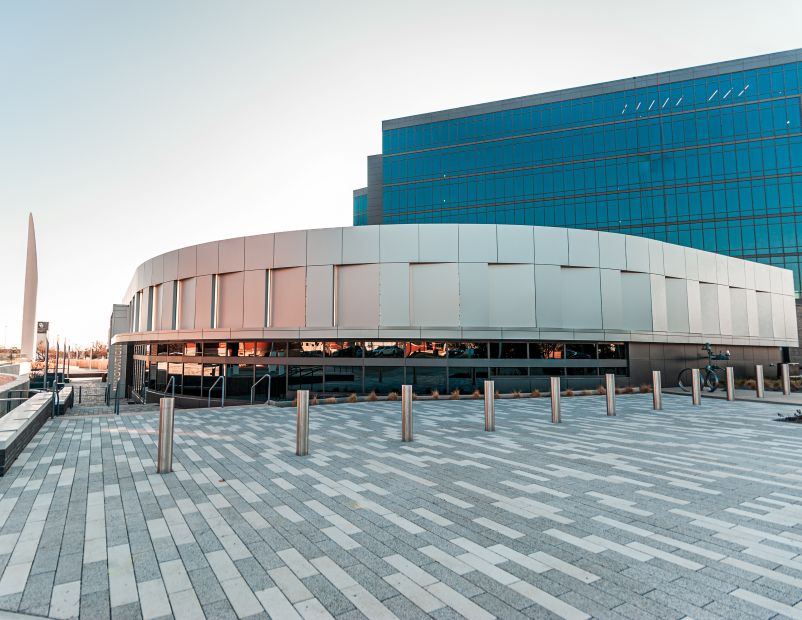
Meanwhile, Robinson Park is advancing plans for additional office, retail and residential components to build out the full live-work-play ecosystem at Convergence.
“We expect full development to unfold over the next several years, driven by demand and strategic tenant alignment,” Beffort said.
The project is anticipated to create thousands of direct and indirect jobs, along with significant impact from increased spending, tax base expansion and business formation.
Convergence in the Innovation District is already a job engine, attracting new office users, research activity and event traffic to the core of the city, and connecting Oklahoma City’s existing industries to its future economy.
While some challenges could arise, including ensuring financial sustainability, maintaining inclusive community engagement and adapting to evolving market demands, Seymour is convinced that these will be addressed by leveraging public and private funding, building strong partnerships with local organizations and businesses, and continually refining programming and amenities to meet the needs of both the tenants at Convergence and the broader Oklahoma City community.

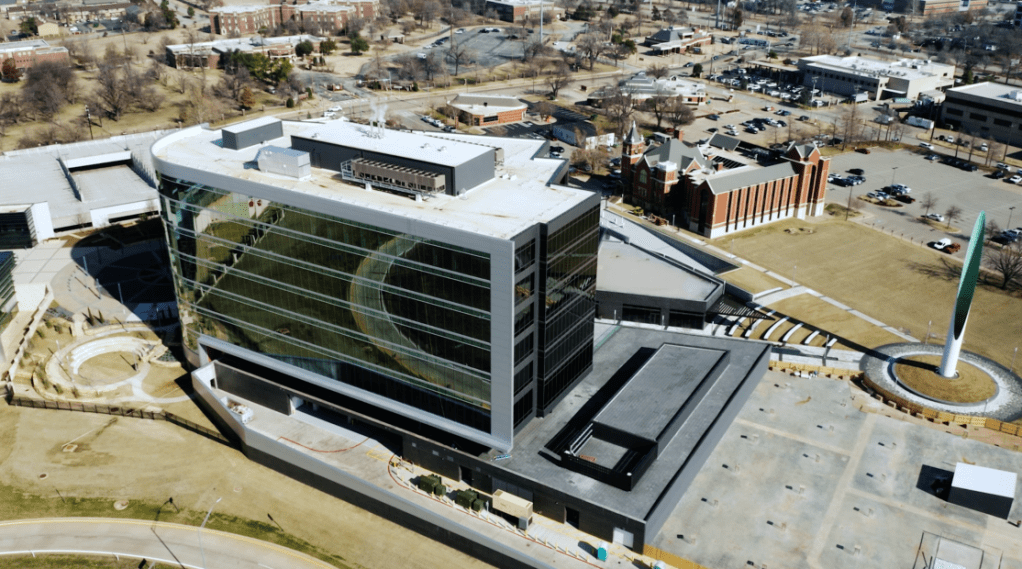

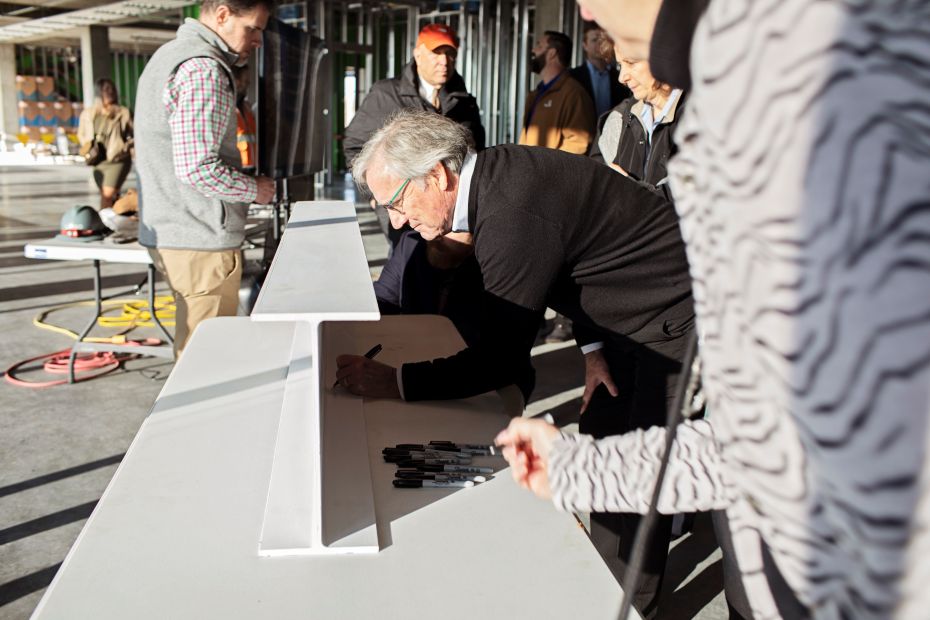
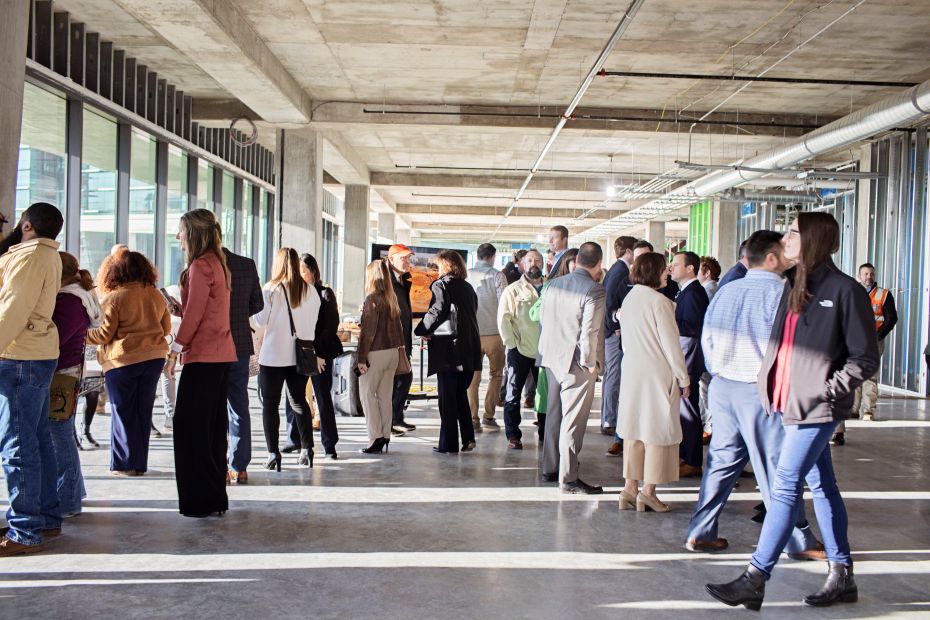


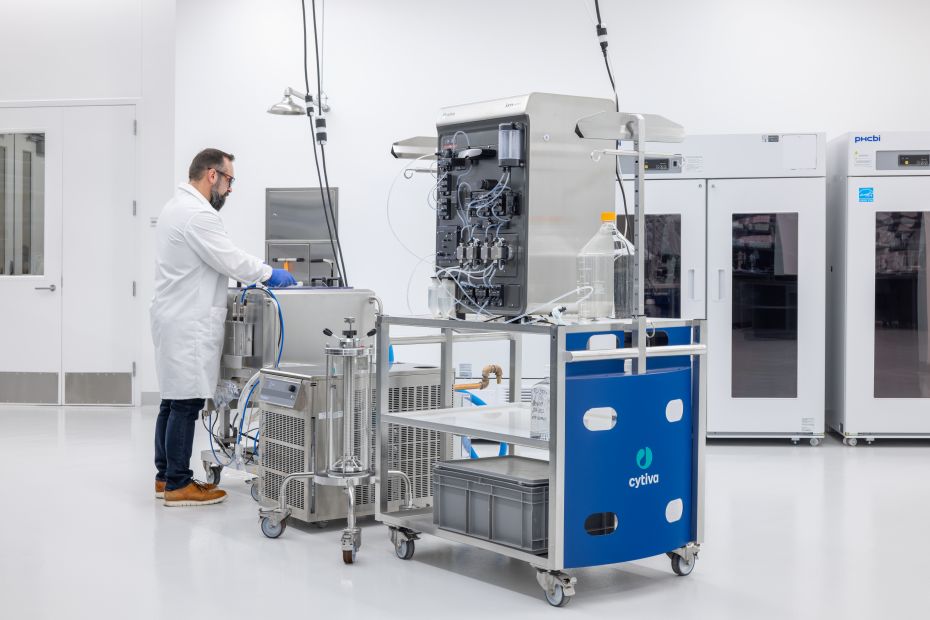
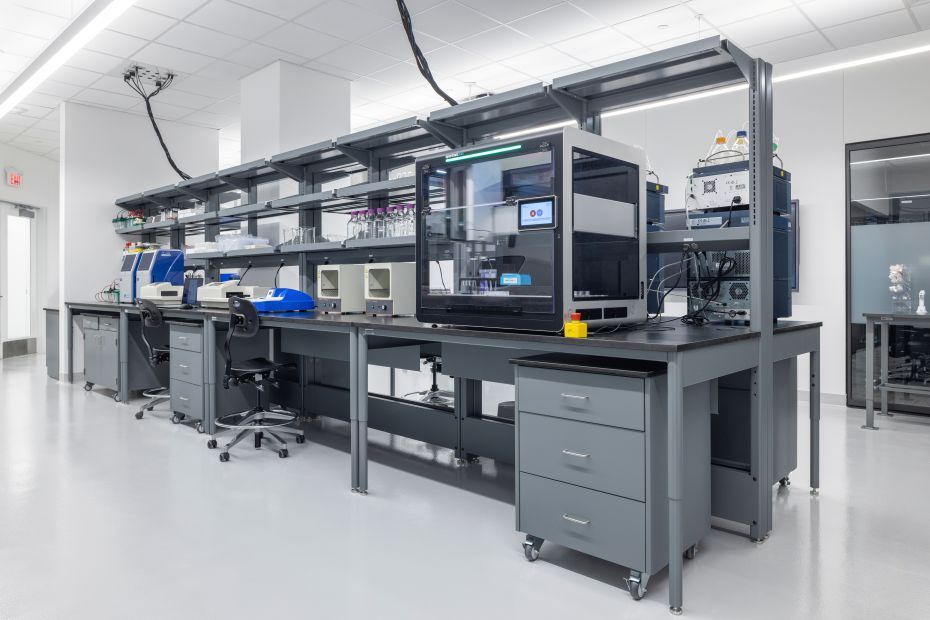
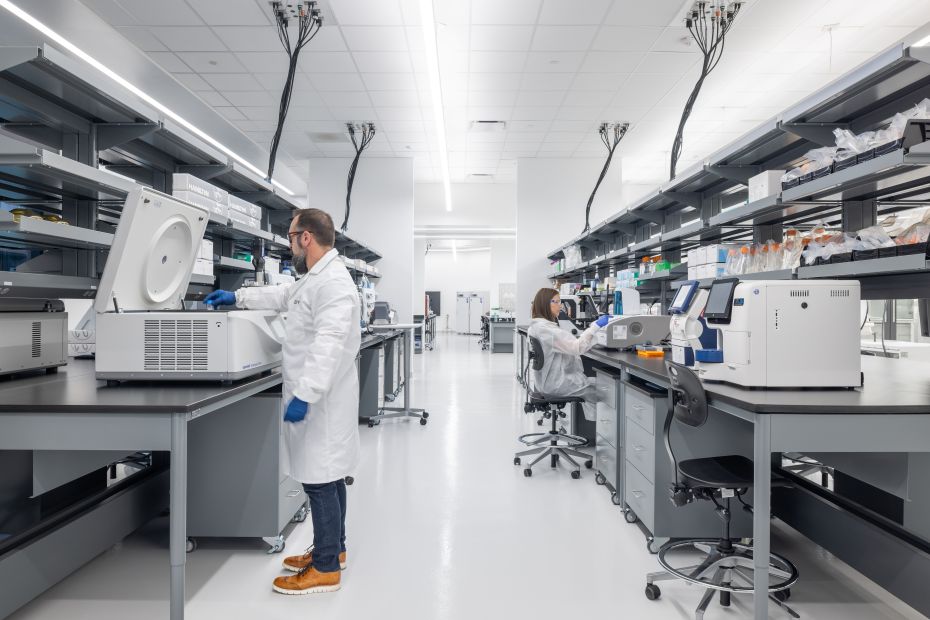
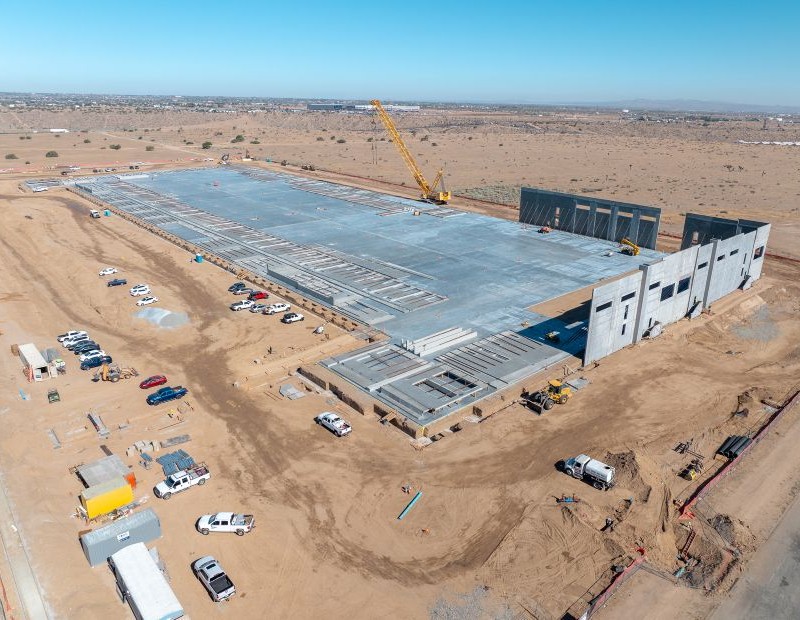
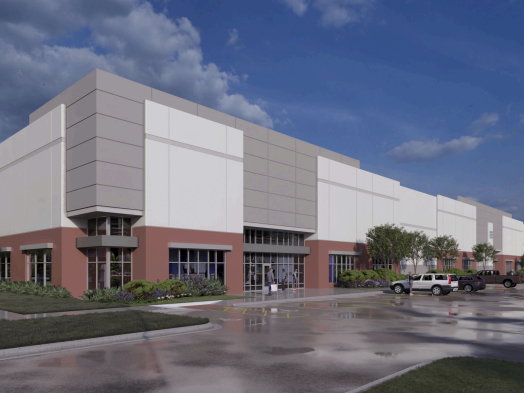
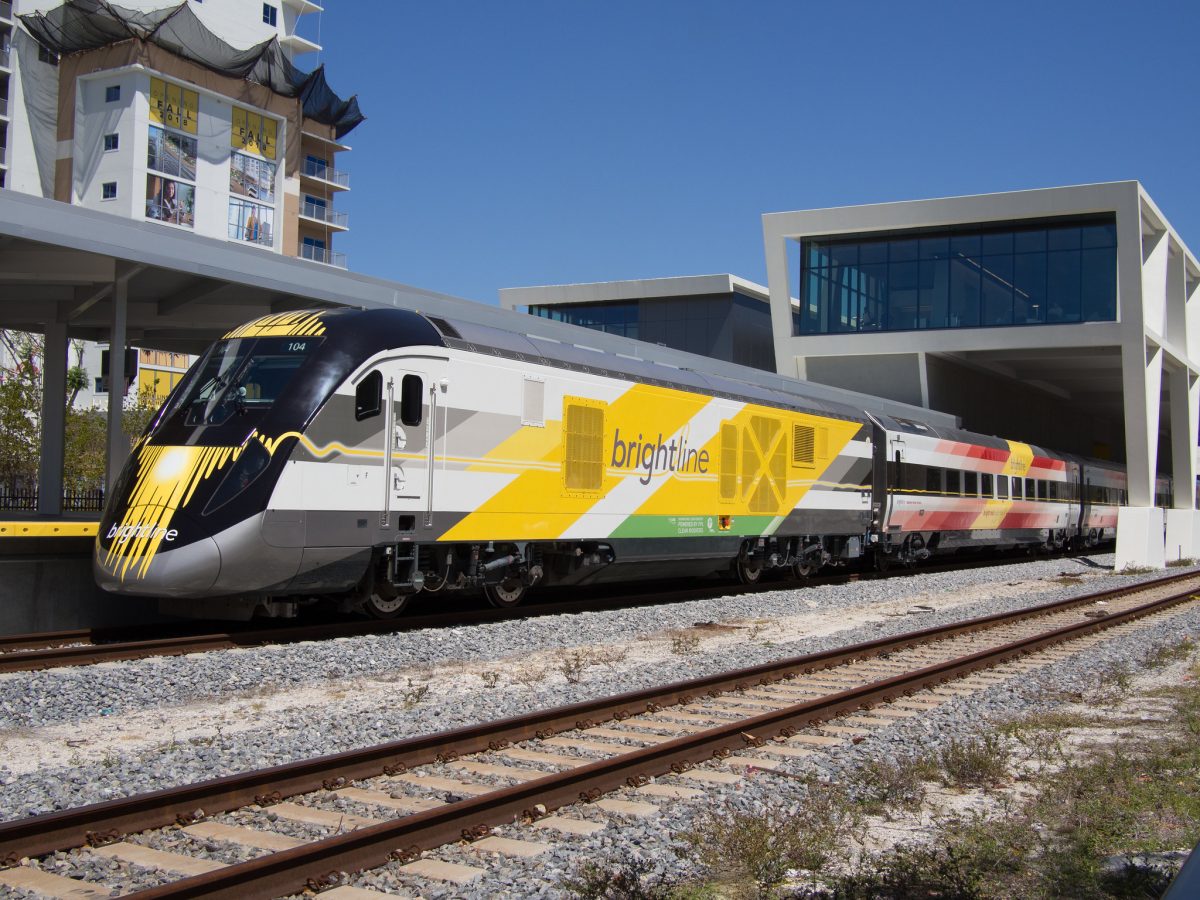
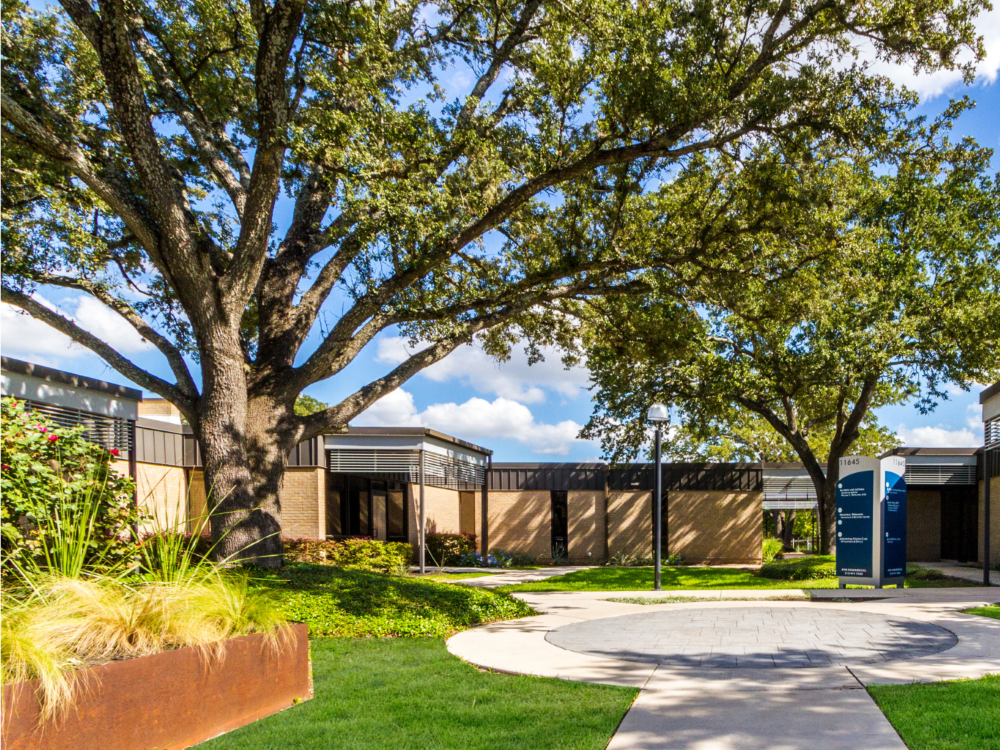
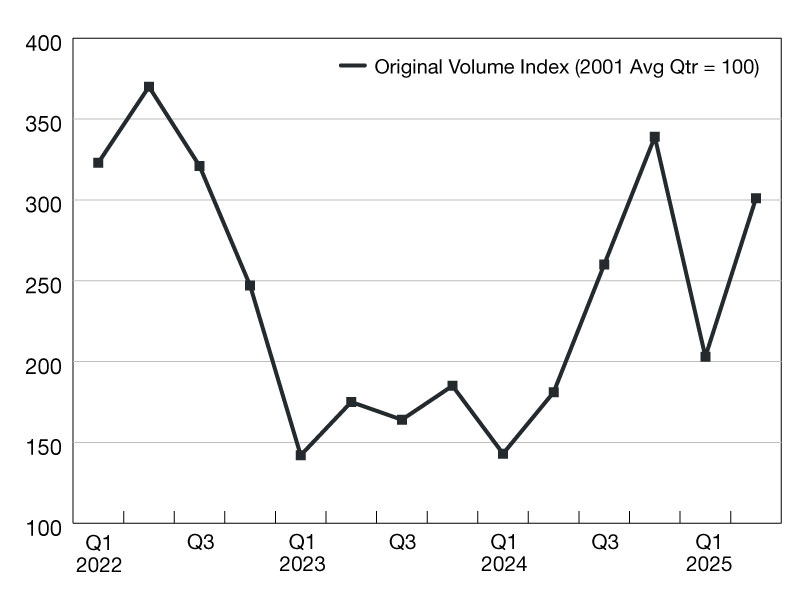
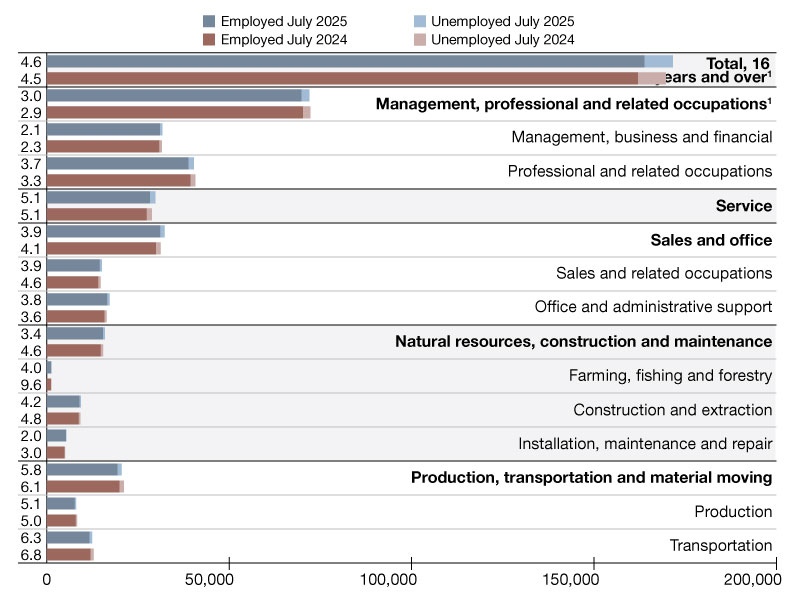
You must be logged in to post a comment.